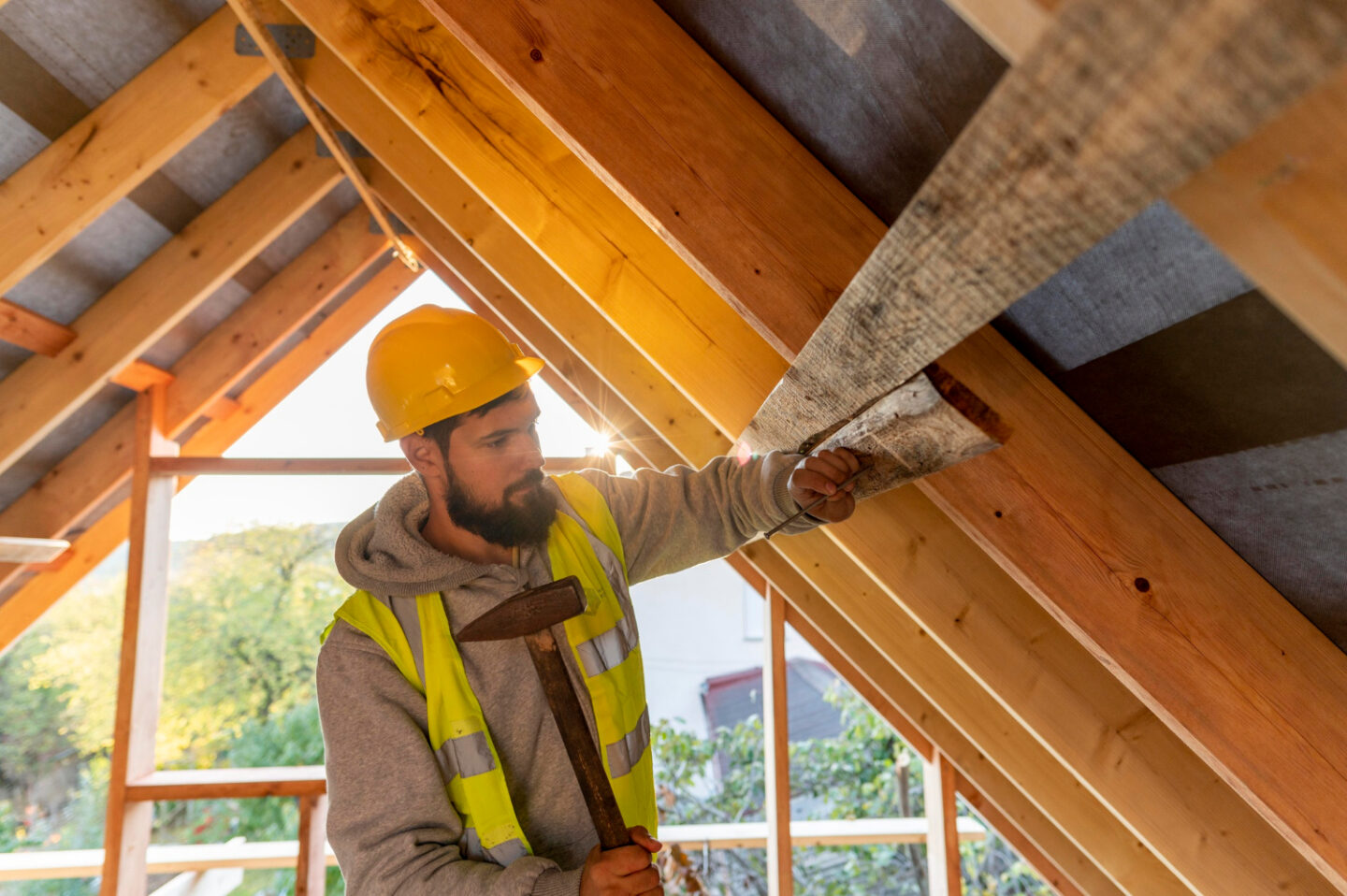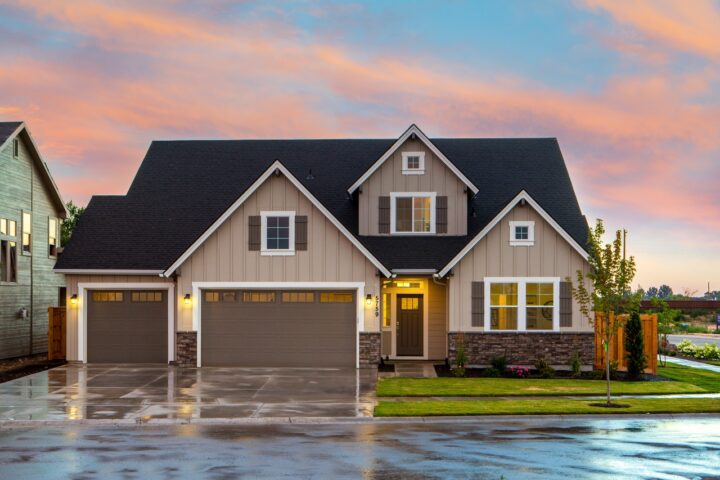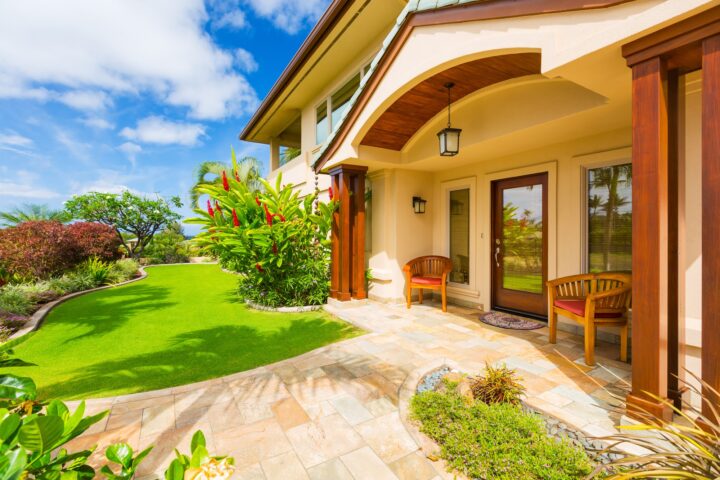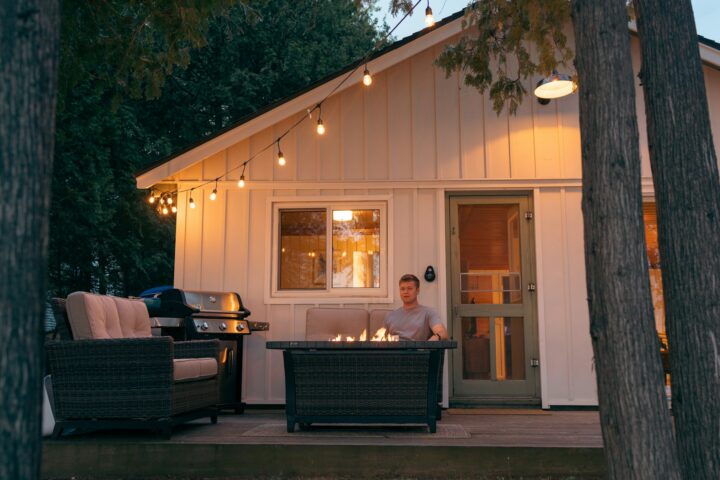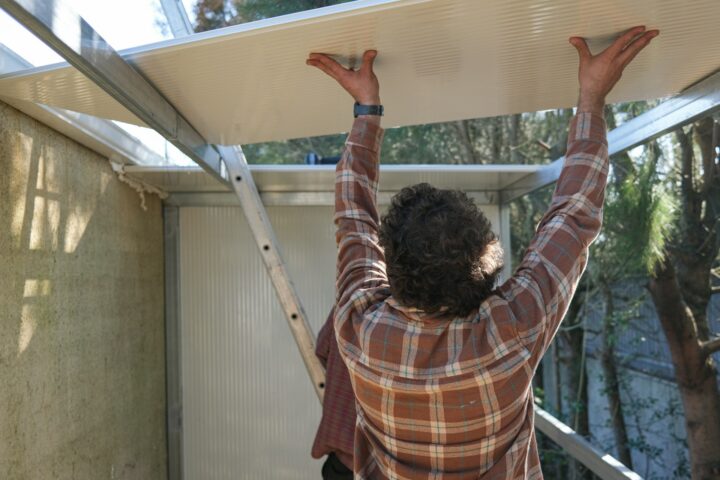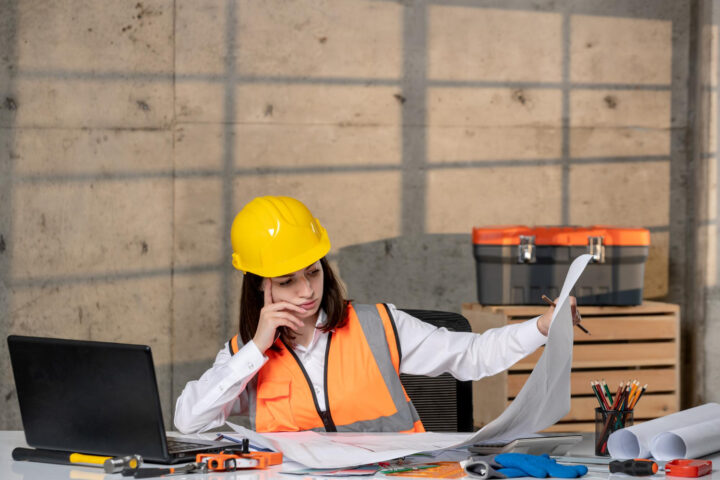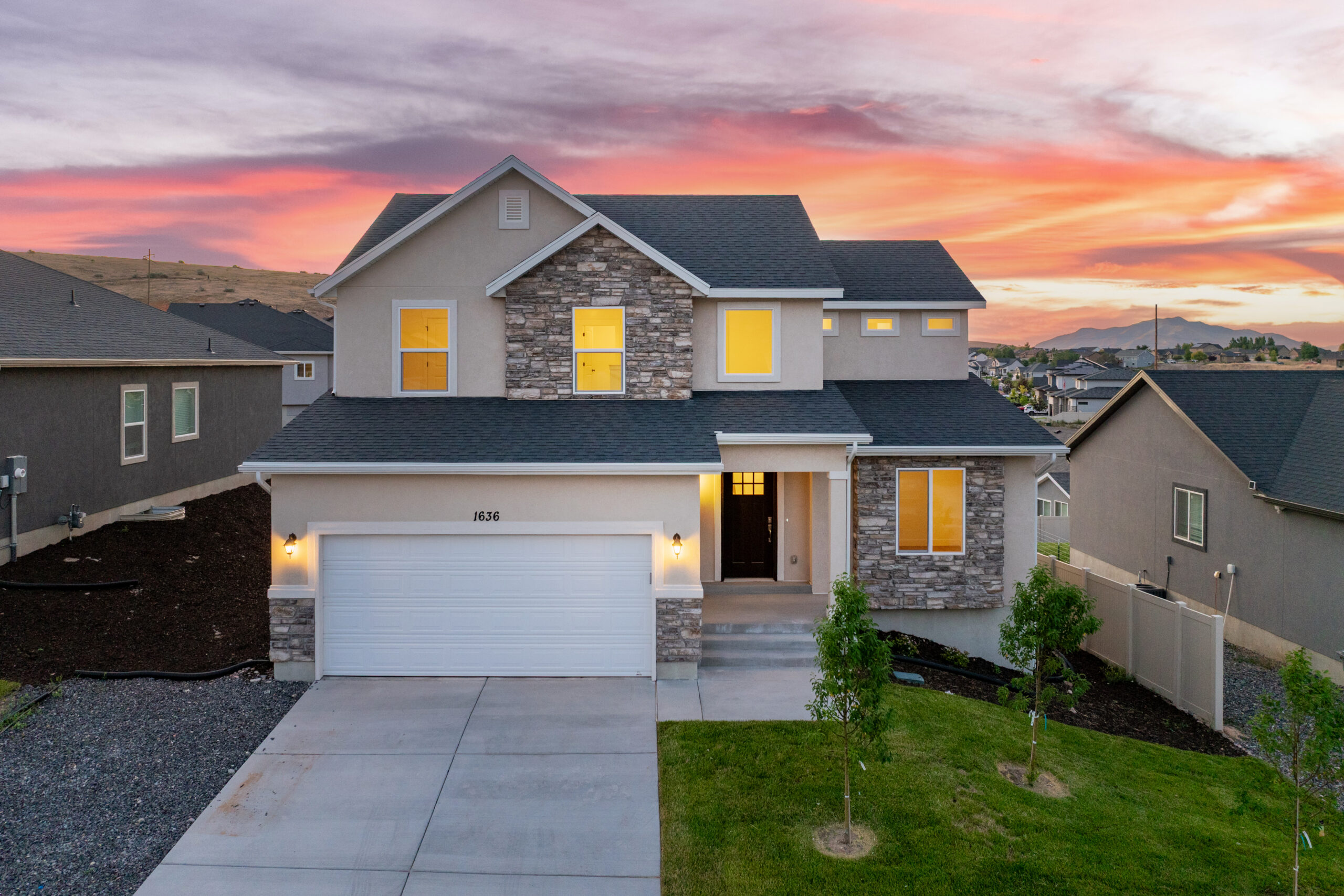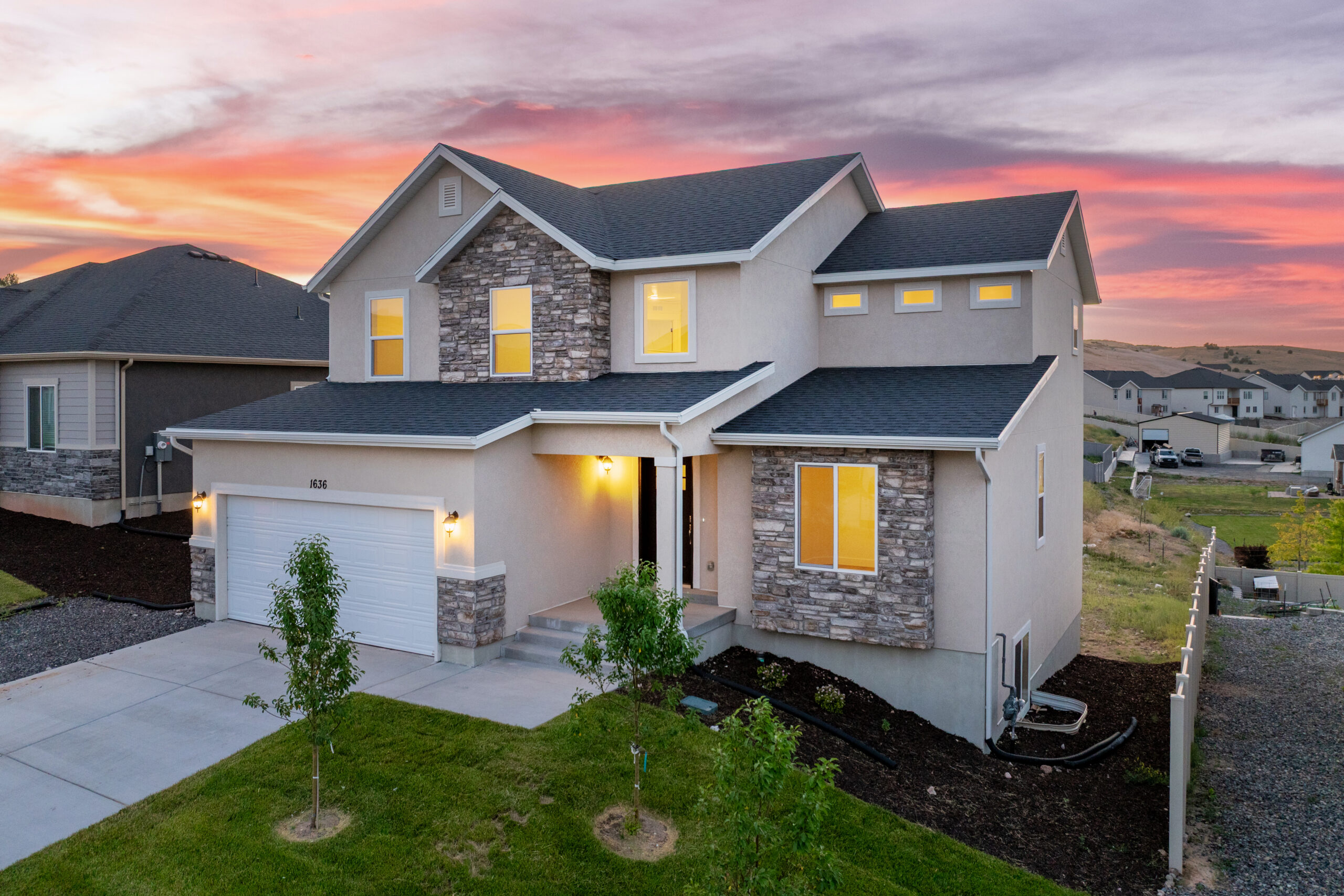Building a custom home is a significant, life-changing decision, and incorporating sustainable, eco-friendly practices into your project can have an immense impact on your family’s well-being and the environment. Not only can green building methods result in an energy-efficient home, but they also contribute to resource conservation and reduce your carbon footprint. Utilizing the expertise of a custom home builder like Salisbury Homes will ensure your Utah County home stands out with innovative, environmentally conscious design and construction.
In this blog article, we will explore various eco-friendly building practices available for your Utah County custom home project, delving into sustainable materials, energy-efficient systems, and design elements that can help you create a comfortable, innovative, and environmentally responsible living space.
Sustainable Materials
Incorporating sustainable building materials in your custom home can significantly reduce harmful environmental impacts and enhance the longevity and comfort of your living space. Some options to consider include:
- Responsibly sourced wood: Select Forest Stewardship Council (FSC) certified lumber to ensure that your wood products are responsibly and sustainably harvested from well-managed forests.
- Recycled materials: Utilize reclaimed wood, recycled metal, and recycled glass products to minimize waste and give new life to repurposed materials.
- Natural insulation: Opt for eco-friendly insulation options like sheep’s wool or cellulose, which provide excellent thermal performance, are renewable, and have a reduced carbon footprint.
- Low VOC products: Choose low volatile organic compound (VOC) materials, such as paint, adhesives, and sealants, to improve indoor air quality and reduce harmful emissions.
Adaptive Design
Integrating adaptive design principles in your custom home can leverage the natural elements surrounding your property, enhancing energy efficiency and providing a comfortable, sustainable living environment. Consider the following strategies:
- Passive solar design: Maximize natural light and heat by strategically placing windows, skylights, and building materials to capture sunlight and create a comfortable, energy-efficient home.
- Cross ventilation: Optimize airflow and natural ventilation by designing window and door placements that encourage fresh air circulation throughout your home, minimizing the need for air conditioning.
- Green roofs: Incorporate a green roof, with vegetation and soil layers, to improve insulation, manage stormwater runoff, and reduce the urban heat island effect.
- Shade control and landscaping: Utilize shading options, such as awnings or strategically located trees, to control solar heat gain and provide natural cooling during warm months.
Energy-Efficient Systems
The integration of energy-efficient systems ensures minimized energy consumption, reducing your utility bills and carbon footprint. Some high-performance options to include in your custom home are:
- High-performance HVAC systems: Install energy-efficient heating, ventilation, and air conditioning systems with high SEER (Seasonal Energy Efficiency Ratio) ratings and properly sized ductwork.
- Energy-efficient windows and doors: Choose windows and doors with low U-factor and Solar Heat Gain Coefficient (SHGC) ratings to optimize insulation, minimize heat transfer, and control solar heat gain.
- Smart thermostats: Optimize your home’s heating and cooling systems with intelligent, programmable thermostats that learn your preferences and habits, conserving energy while maintaining optimal comfort.
- LED lighting and Energy Star appliances: Select energy-efficient LED lighting fixtures, Energy Star-certified appliances, and electronics to reduce energy consumption and lower utility costs.
Water Conservation
Incorporating water-saving solutions in your custom home can contribute to water conservation efforts and protect the environment. Some innovative methods to consider are:
- Low-flow fixtures: Install low-flow faucets, showerheads, and toilets to reduce your home’s water use without compromising performance.
- Greywater recycling: Utilize greywater recycling systems to capture and treat water from sinks, showers, or laundry for use in irrigation, flushing toilets, or other non-potable applications.
- Rainwater harvesting: Capture and store rainwater from your roof for use in landscape irrigation or as an alternative water supply during periods of low rainfall.
- Native landscaping: Incorporate native plants, drought-tolerant species, and xeriscaping techniques to create beautiful, low-maintenance landscapes that require minimal water.
Conclusion
By implementing these eco-friendly building practices in your custom home project, you can experience the benefits of energy efficiency, cost savings, and environmental responsibility. Let Salisbury Homes guide you through these innovative practices, making your Utah County custom home a shining example of sustainability and forward-thinking design.
At Salisbury Homes, we share your passion for creating a custom home that exceeds expectations and minimizes environmental impact. Our expert team has the experience and dedication required to navigate the adoption of green-building techniques, sustainable materials, and energy-saving systems. Together, we can design and build a stylish, comfortable, and environmentally conscious living space that you will be proud to call home. Contact our Utah design center now.

